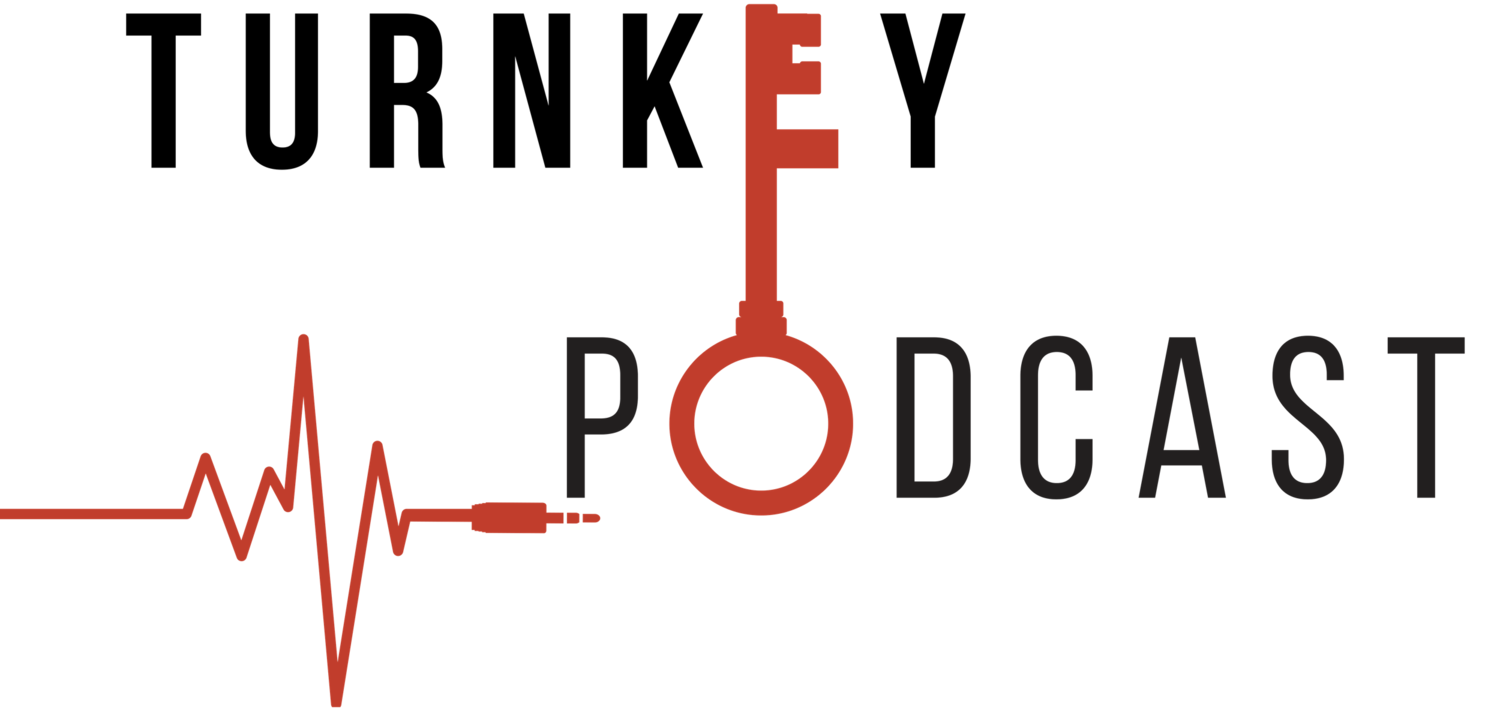As a podcaster, you’re creating engaging and creative digital content daily. With the primary medium being audio, you likely have to keep track of more types of assets than many other brands or businesses. You’re recording audio, potentially video, and using photos for all your social media feeds and ads. On top of that, you’ll have your logos, fonts, and other standard digital marketing assets. With such a variety of files to keep track of, it’s easy to become overwhelmed, often losing valuable assets in what seems to be a black hole.
Not to worry! By using a digital asset management system or DAM, you can streamline your organization and ensure you never lose or misplace valuable content again. You’ll reduce the stress, boost efficiency, and take back control by implementing these organizational tips.
Re-Format / Label All Assets
How you label your digital assets should be standard across the board. All file names should be a specific format so they are easier to sort and locate when needed. With such a variety of asset types, you’ve likely had multiple people labeling and sending files. For that reason, the file names may be generic or unspecific to the actual asset itself. Decide on a structure that your whole team can use and go through everything you have to re-label. It will take some time, but it will make your life so much easier.
You’ll also want to label each asset with metadata. Metadata will provide a more in-depth explanation of what the file is and will make it easier to locate when needed. For example, if an image is of you presenting at a specific conference, you can include this information in the metadata. Your title might not explain that fully; you’ll still be able to locate it through the metadata. You can also include keywords, such as the colors in the metadata, which can be useful if you’re looking for something for a particular project.
Use Folders Effectively
Folders are the ultimate key to organizing your digital assets. There is nothing worse than trying to find files that have been saved in random spots, such as an audio file saved in your accounting folder. A DAM will have an extremely efficient folder setup that will allow you to create relevant folders based on file types, keywords, and projects.
Create a system of folders that is comprehensive and makes sense considering the type of assets inside. Instead of making tons of individual folders, have master versions with sub-folders inside to break each section down.
Control Access to Your Assets
Make sure you know exactly who has access to which assets. With multiple fingers in the pot, things may move around unexpectedly, which can become a headache. A digital asset management system will allow you to give specific types of access to each user. Team members must have access to the assets they need, but make sure everyone is trained on the system first. Brief your team thoroughly about the organization process to guarantee everyone understands how to use the system and where to find what they need.
